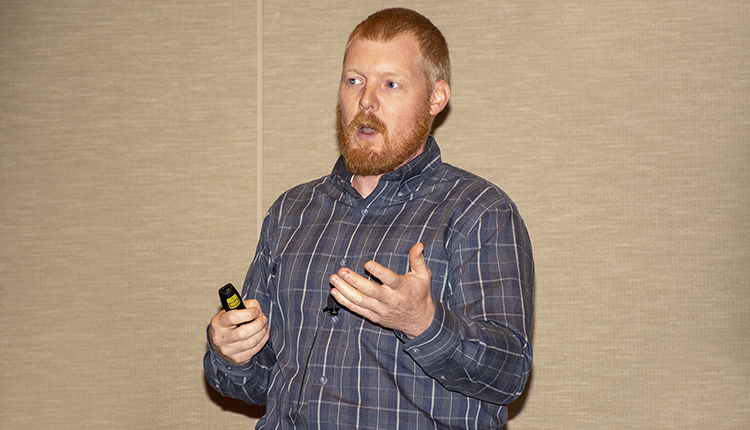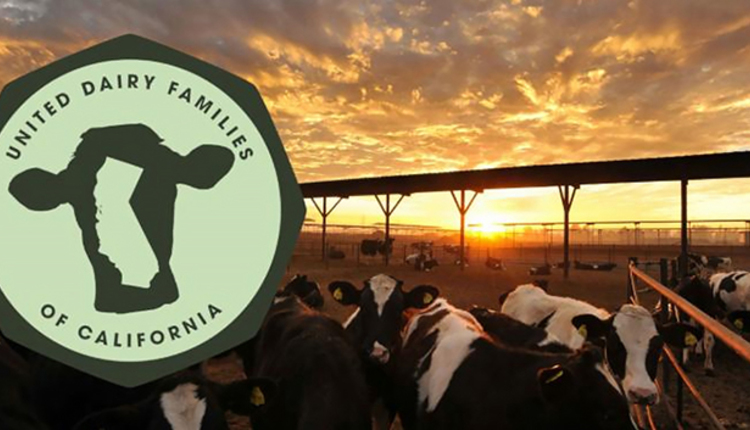
The average number of Wisconsin dairy farms going out of business each month during 2018 is the second most on record, according to the Wisconsin Department of Agriculture’s Division of Food Safety. Of course, this “record” is on a modern-day basis, as there were far more dairy farms in previous generations.
Through August, the state’s total number of producer licenses had dropped by an average of 53.6 per month — second only to the 55.8 average in 2011. By comparison, the average monthly declines in 2015 and 2016 were 32.2 and 32.6, respectively.
Perhaps more noteworthy than the number of farms leaving the industry in 2018 is the suddenly higher percentage.
In the six-year period from 2004 to 2010, the average decline in farm numbers was 3.39 percent per year. In the next six years (2011 to 2017) the average was 4.45 percent. For the first seven months of 2018, however, the rate was 5.41 percent.
The sudden jump makes it difficult to predict how many Wisconsin dairies could still be around in the relatively near future.
In order for 5,000 farms to still be milking cows in 2030, the average rate of decline between now and then will have to be just 4 percent. If the average is 5 percent, there will only be about 4,400 dairies left.
By the way, according to USDA there were 31,286 licensed dairies in Wisconsin in 1992.
As the state’s dairy total has become steadily smaller, average herd size has become steadily bigger. The average number of cows per herd in 1992 was 53; in 2017 it was 141.
Along with that growth has come a dramatic jump in productivity. Wisconsin cows made an average of 14,652 pounds of milk in 1992; in 2017 they produced 23,735 pounds.








